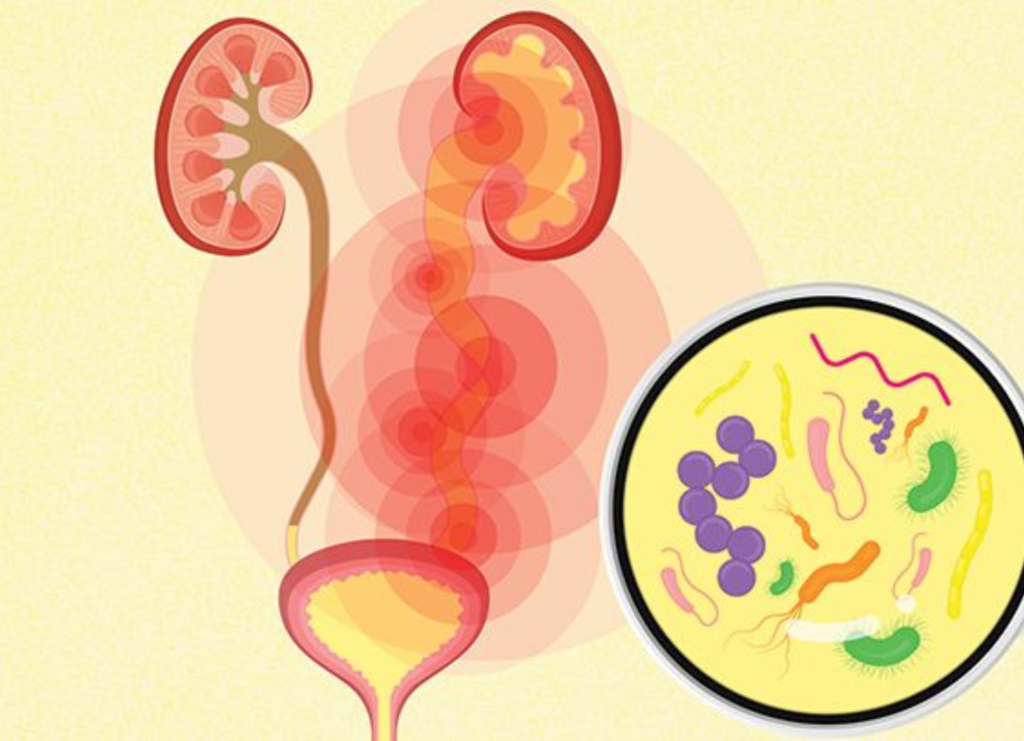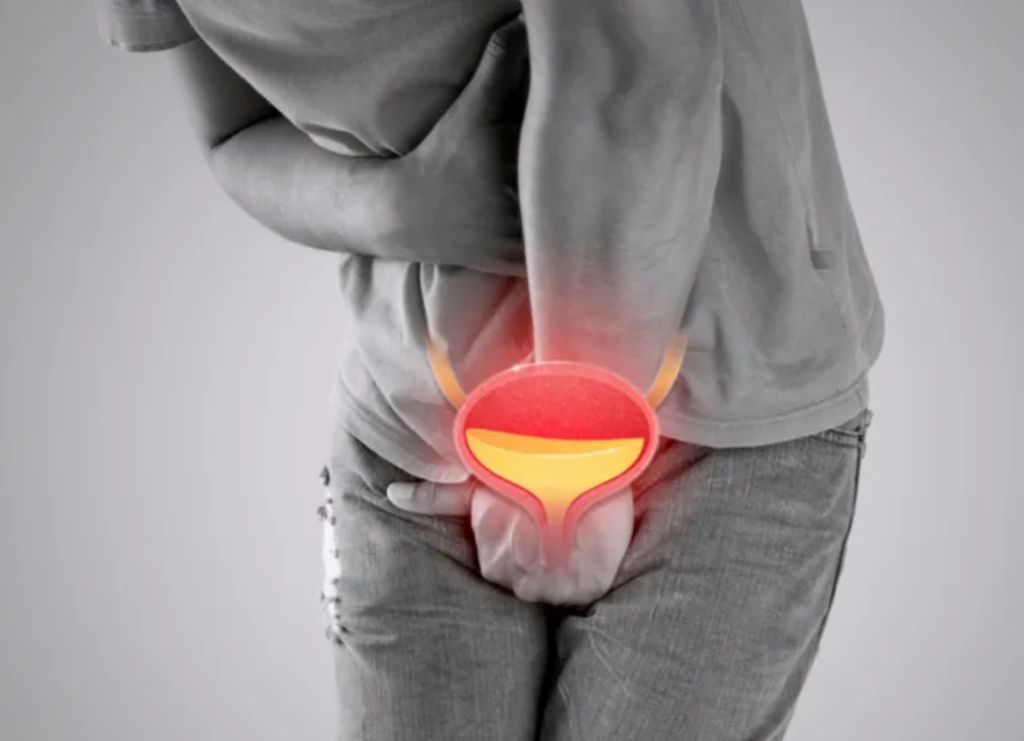Urinary Tract Infections: Causes, Symptoms, and Prevention
Urinary Tract Infections Urinary tract infections (UTIs) are an unwelcome visitor that can disrupt our daily lives, causing discomfort, pain, and distress. With over 8 million visits to healthcare providers each year in the United States alone, UTIs are a common bacterial infection that affects millions of people worldwide. In this article, we’ll delve into the causes, symptoms, diagnosis, treatment, and prevention of UTIs, as well as provide practical tips for self-care and management.
What’s Behind the Infection?

Urinary Tract Infections UTI occurs when bacteria, such as Escherichia coli (E. coli), enter the urinary tract and multiply, causing inflammation and infection in the kidneys, bladder, or urethra. The urinary tract is a complex system that includes the:
- Urethra: The tube that carries urine from the bladder out of the body
- Bladder: The hollow organ that stores urine
- Kidneys: The organs that filter waste and excess fluids from the blood
UTIs can be classified into two categories:
- Lower UTIs: Infections that occur in the bladder or urethra
- Upper UTIs: Infections that occur in the kidneys
Who’s at Risk?
While anyone can develop a UTI, some individuals are more susceptible to infection. These include:
- Older adults: Age-related changes in the urinary tract make older adults more susceptible to UTIs
- Individuals with medical conditions: Certain medical conditions, such as diabetes, kidney stones, and spinal cord injuries, can increase the risk of UTIs
- Those with poor lifestyle habits: Poor hygiene, holding urine for long periods, and using certain types of birth control can also increase the risk of UTIs
Recognizing the Symptoms
UTI symptoms can vary depending on the location and severity of the infection, but there are some common signs to look out for:
- Burning Sensation: Painful urination, often described as a burning or stinging sensation while urinating
- Frequent Trips to the Bathroom: The need to urinate more often than usual, even when the bladder isn’t full
- Abdominal Discomfort: Pain or cramping in the lower abdomen or back, which can range from mild to severe
- Unusual Urine Appearance: Visible blood or a reddish tint in the urine, which can be a sign of a more serious infection
- Fever and Chills: A temperature of 101.5°F (38.6°C) or higher, which can be accompanied by chills, sweating, and a general feeling of being unwell
Diagnosis and Treatment

Diagnosing a UTI typically involves a physical exam, medical history, and laboratory tests, such as a urinalysis or urine culture, to confirm the presence of bacteria. Treatment for UTIs usually involves:
- Antibiotics: Medications that kill the bacteria causing the infection
- Pain relief medications: Medications that help alleviate symptoms such as pain and discomfort
- Home remedies: Drinking plenty of water, using a heating pad, and avoiding certain foods and drinks can help alleviate symptoms
Prevention and Self-Care
Preventing UTIs involves a combination of good hygiene practices, lifestyle changes, and self-care strategies to reduce the risk of infection. Some practical tips include:
- Practicing good hygiene: Wiping from front to back, avoiding scented soaps and bubble baths, and wearing loose-fitting clothing can help prevent UTIs
- Drinking plenty of water: Drinking at least eight glasses of water a day can help flush out bacteria from the urinary tract
- Avoiding certain foods and drinks: Avoiding foods and drinks that can irritate the bladder, such as spicy foods, citrus fruits, and caffeine, can help alleviate symptoms
- Managing stress: Stress can exacerbate UTI symptoms, so finding ways to manage stress, such as through exercise or meditation, can help
For More Details About Dr. Dilip Kumar Mishra Visit Here https://drdilipmishraurologist.com/
Conclusion
Urinary Tract Infections Urinary tract infections are a common and treatable condition, but it’s essential to take steps to prevent and manage them to avoid complications and improve overall health. By understanding the causes, symptoms, and prevention strategies for UTIs, individuals can take control of their urinary health and reduce the risk of infection. If you’re experiencing symptoms of a UTI, don’t hesitate to seek medical attention to get the treatment you need. Remember, a healthy urinary tract is just a step away!